Description
Okay, let’s craft an article about Isopropyl Ethyl Thionocarbamate (IPETC). Here’s a draft focusing on clarity and informativeness, suitable for a general audience with some scientific inclination:
Title: Isopropyl Ethyl Thionocarbamate: The Mining Workhorse You’ve Probably Never Heard Of
You’ve likely never encountered Isopropyl Ethyl Thionocarbamate (IPETC) in your daily life. It’s not a household cleaner, a food additive, or a common chemical found in typical consumer products. However, in the world of mining and mineral processing, IPETC is a crucial, albeit unsung, hero. This chemical compound plays a vital role in the extraction of valuable metals from their ores, and understanding its function sheds light on the complex processes that bring us the materials we rely on every day.
A Look at the Chemical Nature of IPETC
IPETC belongs to a class of organic sulfur compounds called thionocarbamates. Its chemical formula is C6H13NOS, and it has a relatively simple structure involving carbon, hydrogen, nitrogen, oxygen, and sulfur atoms. The key to its functionality lies in the presence of the sulfur-containing group, which imparts specific chemical properties. Specifically, it is a xanthate, which is a general term for salts and esters of dithiocarbonic acid.
The Magic of Flotation
The primary use of IPETC is as a frother and collector in a process called froth flotation. This seemingly magical technique separates valuable minerals from unwanted gangue (the waste material) based on differences in their surface properties. Imagine a well-mixed slurry of finely ground ore, water, and various chemicals, including IPETC. Here’s how it works:
Surface Modification: IPETC is specifically designed to interact with the surfaces of certain minerals, particularly sulfide minerals (like those containing copper, lead, and zinc). Its sulfur-containing end has an affinity for these mineral surfaces, causing the IPETC molecules to attach. This attachment process renders the mineral surface hydrophobic, meaning it repels water.
Bubble Formation: Air is injected into the slurry, creating tiny bubbles. These bubbles, being less dense than water, rise towards the surface.
Selective Attachment: The hydrophobic mineral particles, now coated with IPETC, readily attach to the air bubbles. This is where the selective nature becomes crucial – IPETC is designed to preferentially attach to the valuable minerals, leaving the gangue behind.
Froth Collection: The mineral-laden air bubbles form a froth at the surface of the slurry. This froth, rich in the desired minerals, is then collected, further processed, and eventually turned into purified metal concentrates. The remaining slurry, now depleted of the valuable minerals, is discarded.
Why IPETC?
While other chemicals can act as frothers and collectors, IPETC is favoured for several reasons:
Selectivity: Its chemical structure allows it to selectively bind to specific types of minerals, minimizing the inclusion of unwanted materials in the froth.
Efficiency: It is effective in low concentrations, reducing the overall cost of the flotation process.
Stability: It exhibits good stability under the conditions typically found in mineral processing plants.
Cost-effectiveness: It is relatively inexpensive to produce and use on a large scale.
Beyond Froth Flotation
Although its primary application lies in flotation, IPETC is sometimes also used in specialized applications like research and development. For example, it might be used in laboratory studies aimed at developing new separation techniques for complex mineral ores.
Considerations and the Future
While IPETC plays a crucial role in modern mining, there are ongoing considerations related to environmental impact and sustainability. Researchers continually investigate ways to optimize its usage, reduce waste, and explore alternative, more environmentally friendly chemicals.
Conclusion
Isopropyl Ethyl Thionocarbamate might not be a household name, but its impact on global industries is significant. This versatile chemical is a key player in mineral processing, enabling the efficient extraction of essential metals that are vital for our everyday technologies, infrastructure, and consumer goods. It serves as a reminder that often the most crucial innovations occur behind the scenes, in the complex and fascinating world of chemistry and materials science.

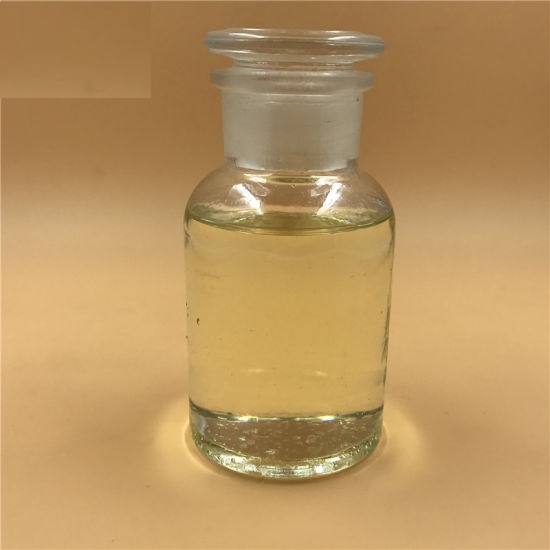
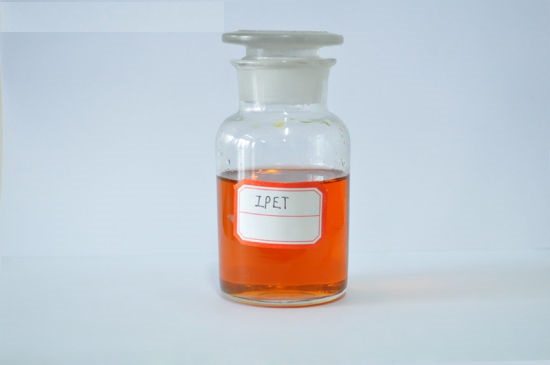
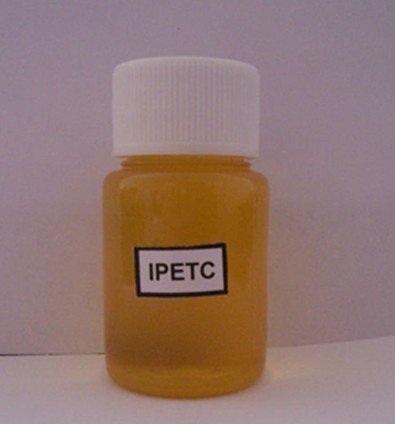
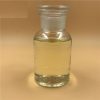

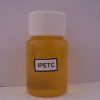


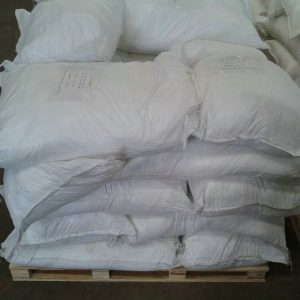


Reviews
There are no reviews yet.